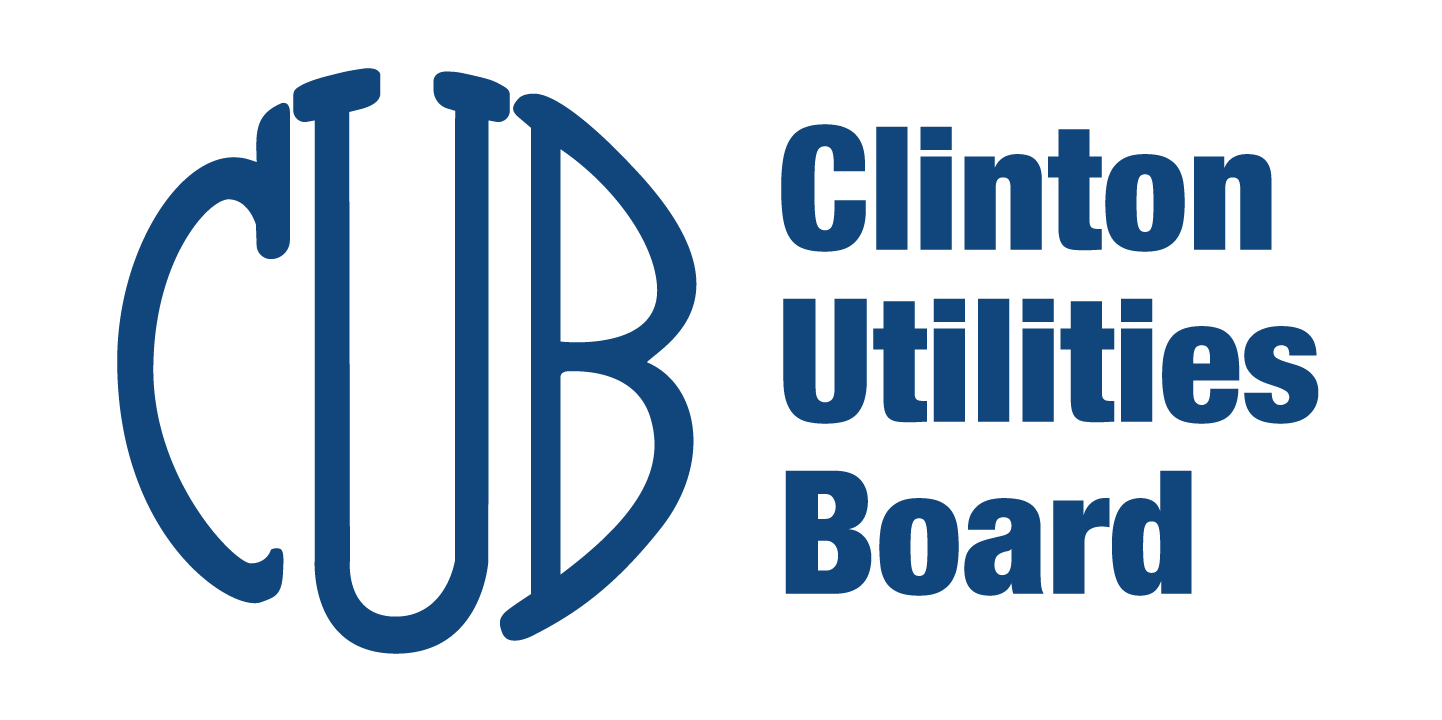Customer Service: (865) 457-9232
cservice@clintonub.com
Click on the titles below to expand more information.
Lead is a common naturally occurring metallic element that can be found in air, soil, and water. It was commonly used in gasoline and paint until the 1970s and is still sometimes found in products such as ceramics, batteries, ammunition, and cosmetics. Lead was used for centuries in plumbing because of its pliability and resistance to leaks. In fact, lead’s chemical symbol, Pb, is derived from the Latin word for plumbing.
Nationally: Lead and lead-containing materials were allowed in municipal and household plumbing until 1986. In 1986, U.S. Congress amended the Safe Drinking Water Act to prohibit the use of pipes, solder or flux that were not “lead-free.” At the time “lead-free” was defined as solder and flux with no more than 0.2% lead, and pipes with no more than 8%. In 2014, the maximum allowable lead content was reduced to not more than a weighted average of 0.25% of the wetted surface of pipes, pipe fittings, plumbing fittings, and fixtures.
In CUB’s system: CUB records and inventory indicate lead service Iines were not used by CUB. The state of Tennessee banned the use of lead plumbing in July 1988. Homes built in or after 1988 are far less likely to have plumbing fixtures or solder that contains lead. Homes built before 1988 might contain lead in brass plumbing fixtures or lead solder that was used to connect copper pipes. It is important to note that because CUB effectively uses corrosion control, the potential exposure to the lead in a line or connection is reduced to safe levels as determined by the EPA. Our water has always met or exceeded all state and federal standards for lead.
The best way to remove risks of lead in water is to completely replace all sources of lead. But there are also steps you can take right away to reduce lead levels, if any, in your water:
(1) Run the Tap Before Use – If present, lead levels are likely at their highest when water has been sitting in the pipe for several hours. Clear this water from your pipes by running the cold water for several minutes. This allows you to draw fresh water from the main. You can use this water on house plants or to flush toilets.
(2) Clean Aerators – Aerators are small attachments at the tips of faucets which regulate the flow of water. They can accumulate small particles of lead in their screens. It’s a good idea to remove your aerators at least monthly and clean them out.
(3) Use Cold Water for Cooking and Drinking – Always cook and prepare baby formula with cold water, because hot water can dissolve lead more quickly, resulting in higher levels in water.
(4) Do Not Boil Water to Remove Lead – Boiling water will not remove lead.
(5) Filter the Water – Many home water filters are effective at removing lead. If you purchase a filter, make sure it is certified for lead removal and that you maintain it properly. Visit below for more information.
Lead test kits can be purchased at your local hardware store. Look for an EPA recognized kit. You can learn more about EPA-approved lead test kits at:
If you chose to use a test kit, please share your results with CUB by emailing the results to: LeadSurvey@clintonub.com.
National Public Radio (NPR) has developed a useful interactive plumbing identification guide that can be used for lead pipe identification. Visit below at:
If you tested your water service line and are still unsure of your service line material, or you have questions about this survey, please contact us at 865-220-6241 or email at: LeadSurvey@clintonub.com.
More information about lead and the revised rule may be found by visiting the EPA links below.
Click on the link below for the latest CUB Water Quality Report.
